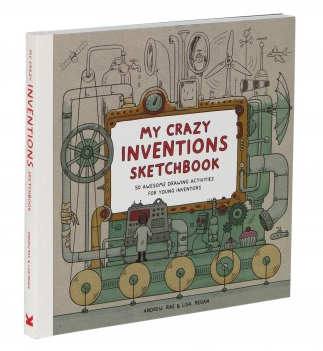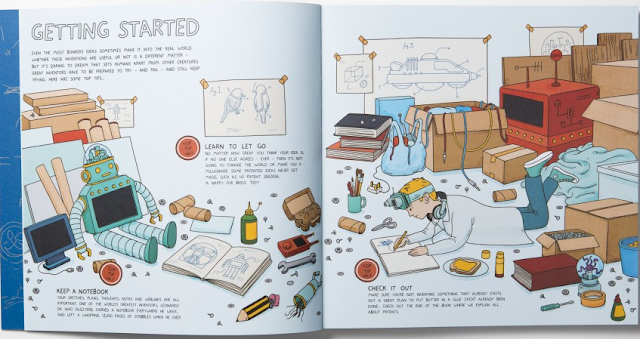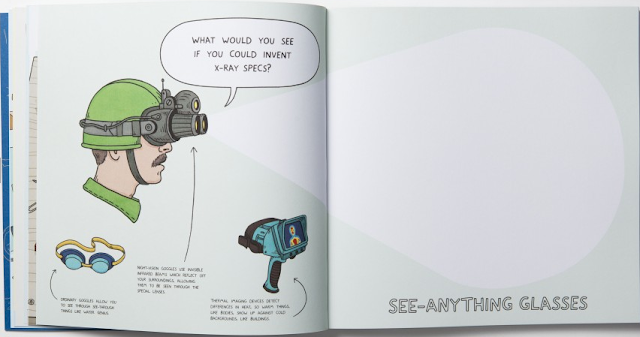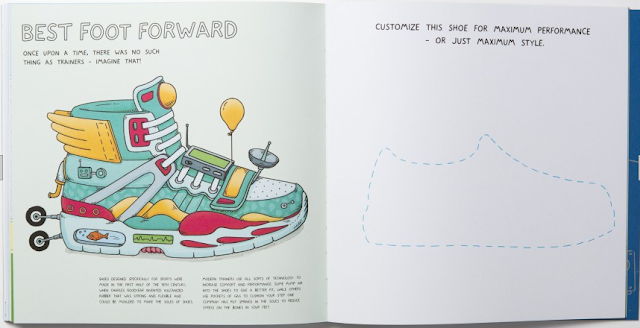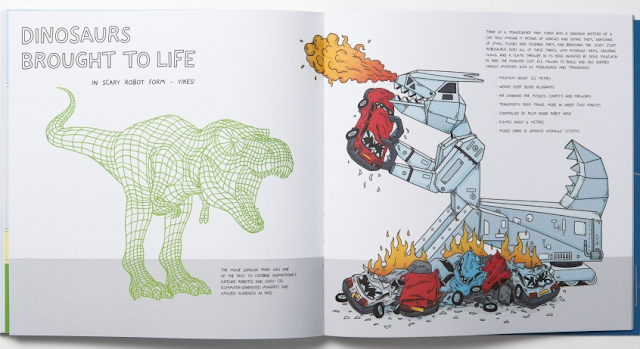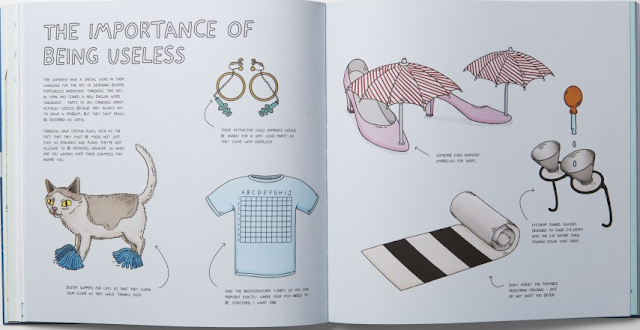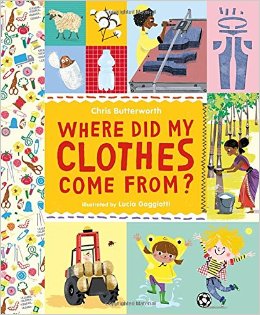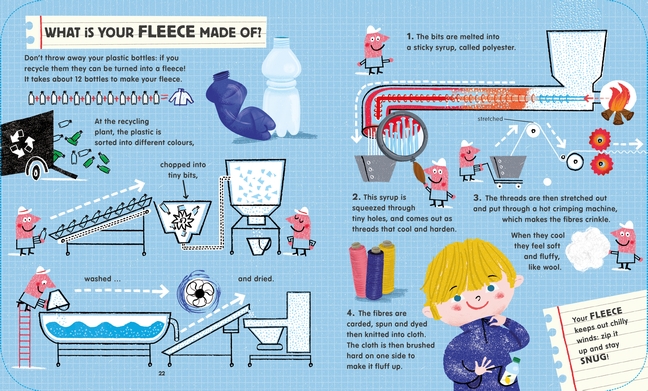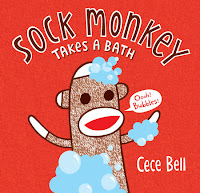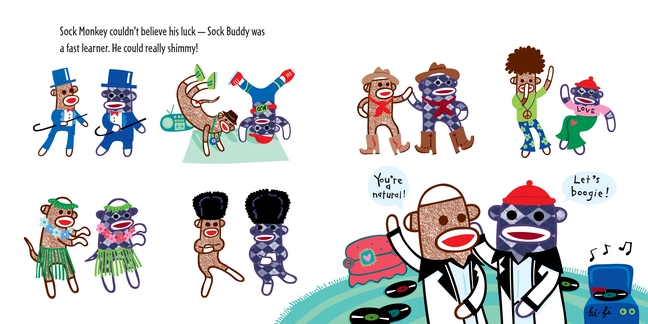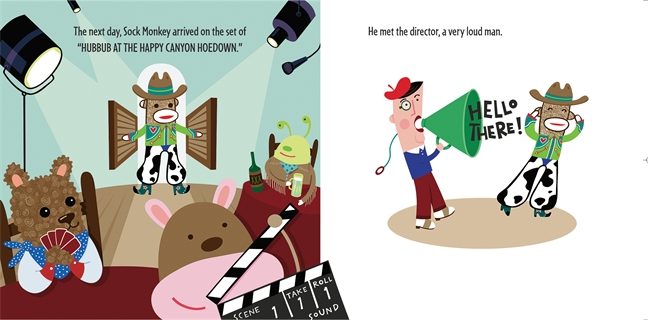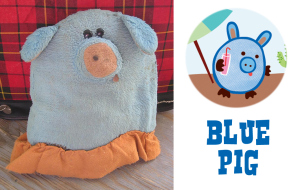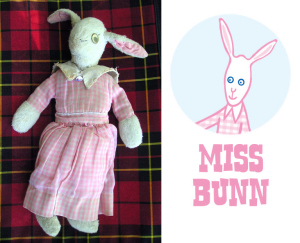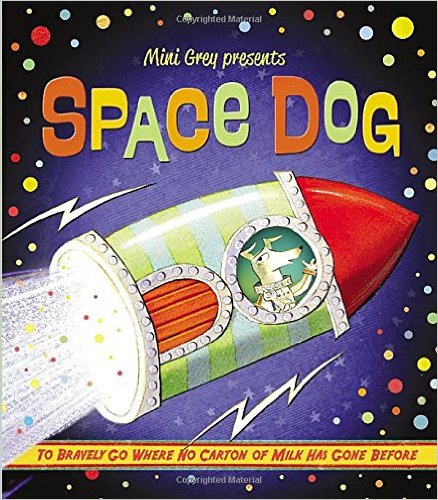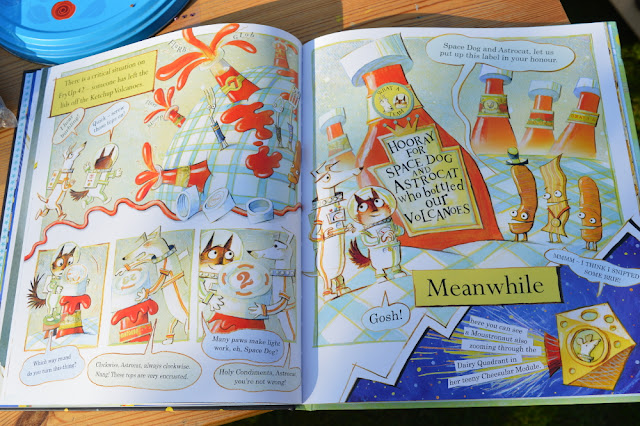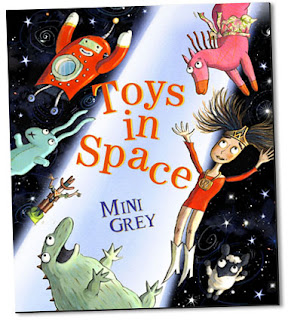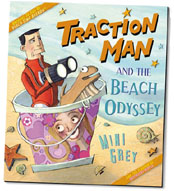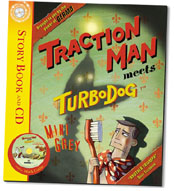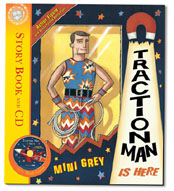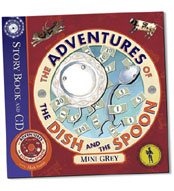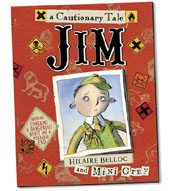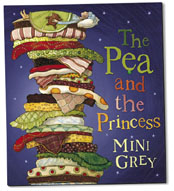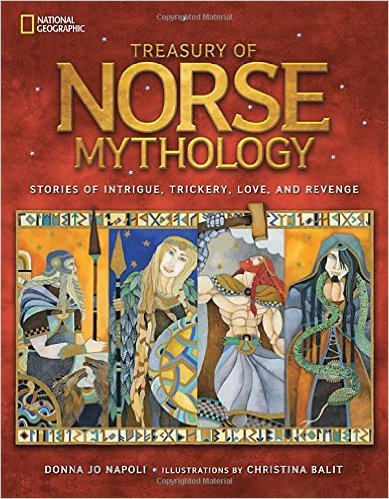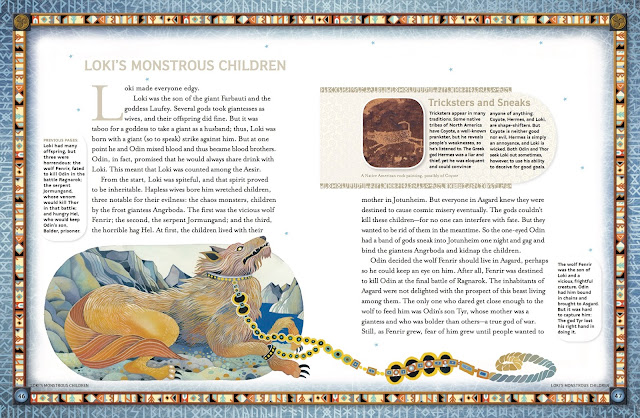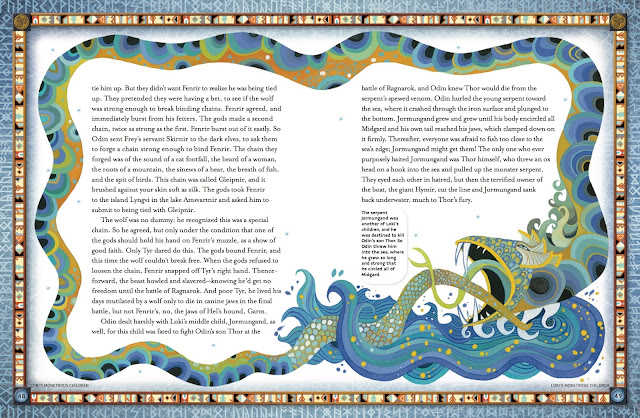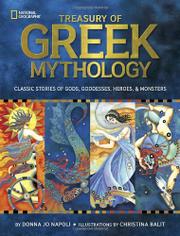 My Crazy Inventions Sketchbook: 50 Awesome Drawing Activities for Young Inventors by Andrew Rae and Lisa Regan is GENIUS! Rae has worked for many clients worldwide in advertising, print, publishing and animation and Regan is an accomplished author of children's non-fiction with over 300 titles to her name. The beauty of My Crazy Inventions Sketchbook is that it is more than a doodle book that will appeal to kids who may have never even considered inventing or designing something. This book is so engaging and inviting that readers will step outside the box or be inspired to step even further out, if they are already creatively inclined. Regan and Rae detail and bring to life a wide array of inventions from hundreds of years ago, like Leonardo daVinci's 1485 design for wings for humans to 21st century craziness like the man in Brazil who built a machine that changes from a van to a robot and back again in about two minutes.
My Crazy Inventions Sketchbook: 50 Awesome Drawing Activities for Young Inventors by Andrew Rae and Lisa Regan is GENIUS! Rae has worked for many clients worldwide in advertising, print, publishing and animation and Regan is an accomplished author of children's non-fiction with over 300 titles to her name. The beauty of My Crazy Inventions Sketchbook is that it is more than a doodle book that will appeal to kids who may have never even considered inventing or designing something. This book is so engaging and inviting that readers will step outside the box or be inspired to step even further out, if they are already creatively inclined. Regan and Rae detail and bring to life a wide array of inventions from hundreds of years ago, like Leonardo daVinci's 1485 design for wings for humans to 21st century craziness like the man in Brazil who built a machine that changes from a van to a robot and back again in about two minutes.
My Crazy Inventions Sketchbook is a great gift for a kid who is a tinkerer, doodler or both, but it is also a gentle guide for kids who might really feel a passion for invention. The "Getting Started" page takes this seriously and tells junior inventors to keep a notebook, always make sure you are not inventing something that already exists and to "learn to let go" when you are the only one who thinks your inventions is a winner.
My Crazy Invention Sketchbook introduces kids to actual inventions, from the useful to the life changing to the ridiculous then invites them to think up their own inventions along the same lines or principals or adapt and improve something that already exists. Inventors can invent something to help them practice their favorite sport, a faster method of long distance travel or ways to make a boat fly. They are invited to invent a toilet, a toy, a brand new candy and a better bed. They are also asked to customize a bike and accessorize a car. Leaning into the less than possible (but hey, who am I to say?) kids are also asked to design a shrinking machine and a device that would help you do your homework.
The final pages of My Crazy Invention Sketchbook introduces readers to the concept of patents and has a two page "Application for Patent of My Crazy Invention" that, while far from the real thing, is a great place for young inventors to organize their thoughts and get them on the page. Finally, a very cool certificate of patent makes up the last page of the book. My Crazy Invention Sketchbook is guaranteed to spark ideas and inspire creativity in any one, of any age, who opens the covers and starts turning pages!
Source: Review Copy
